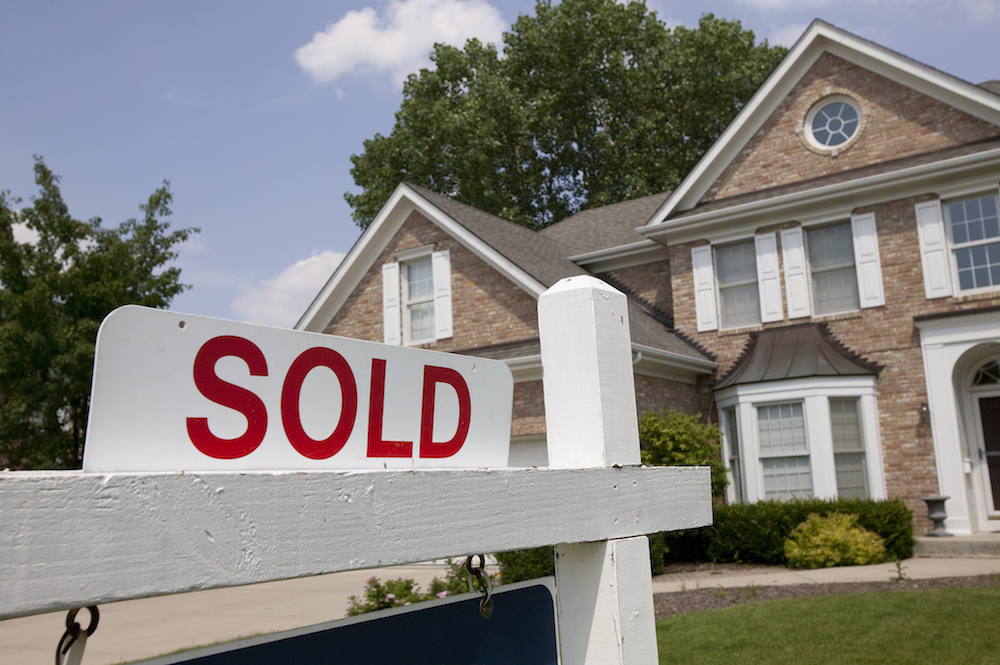The Price is Right: 3 Listing Strategies When Selling a Home
This is a guest blog post by Tom Lipinski, GRI, CRS, CDPE—associate real estate broker and owner of Tom Lipinski Team Real Estate.
I often ask clients who are selling their homes whether they want to win the race or simply be part of the race. This is because—whether they know it or not—when people put their house on the market, they’re entering a competition.
While it may seem self-explanatory, there are several listing strategies sellers need to follow to ensure they’re not only ready to compete—but win.
As an experienced real estate agent, it’s my privilege to provide sellers with expert guidance and advice. To help you get started on your journey, here are a few listing strategies I recommend you keep in mind to get the most out of selling your home.
Staging Your Home
Undoubtedly, one of the most important aspects of listing a home for sale is staging it properly. The way your house is presented to interested buyers could make or break a deal. Here are some quick tips for staging your home in the best possible manner:
- Floors. At a bare minimum, getting the floors right in your home is a big deal. Whether it’s finishing hardwood, scrubbing the tile or laying down new carpet, potential buyers’ perception of your home will change based on the cleanliness and quality of the floors.
- Walls. In addition to the floors, your walls should also be staged a certain way. This includes replacing or fixing old doors, covering up marks in the ceiling and replacing wallpaper or colored walls with a neutral paint.
- Outside. Outside the house, you’ll want to ensure your yard is framed perfectly. That means mowing the grass, trimming overgrown shrubbery, laying down fresh mulch and cleaning up any debris in the front and back yards.
- Depersonalize. Try to depersonalize your house as much as possible to give buyers a chance to view the home as their own. This includes taking down family photos from the walls, removing kitchen magnets and storing small trinkets and knick-knacks off-site.
- Traffic Patterns. Keep in mind the phrase ‘addition by subtraction’ in taking away furniture and décor to make your house look and feel bigger. Review the layout of your house and note the natural walking areas in each room. There should always be a 4-foot wide open swath around this walking area to allow buyers to move freely and not feel cramped.
- Odors. Believe it or not, there may be odors in your house that you no longer notice. Find out what they are, if any, and take the necessary steps to remove them, lest it affect peoples’ decision to buy. That can include deep cleaning, replacing carpet, etc.
- BONUS STAGING TIP. Rather than taking all the items out of your closets—or, conversely, stuffing them full of items—leave them half-full. This way, potential buyers will think there’s a lot of storage space available in your home!
Pricing Your Home
Many sellers make the mistake of overvaluing their home, and it ends up sitting on the market for weeks or months. This often causes buyers to remove these listings from consideration, as they will perceive something is wrong with the home. A real estate agent should be able to tell you what the average days on your market should be.
I always tell my clients that, by the time they sell their homes, they’ll have a PhD in pricing a house. This is a deeply important aspect of listing a home, and it’s important to have the outside perspective and knowledge of a real estate agent to help you make that decision.
A good real estate agent will not only look at what has recently sold in the neighborhood but show you what you’re currently competing against, so you can price your home at or slightly less than those listings—creating instant interest and demand.
Marketing Your Home
People choose to buy a house by screening out choices until they have one left, and they will make instant judgements based on how it’s marketed. To this point, the description of your home in the listing should speak to the buyer emotionally, rather than solely informationally.
Buyers also largely choose a house based on photography. Phone photos may look decent, but they’re nothing compared to a professional camera and/or photographer. Whether you do it yourself or not, the photos of your home need to be compelling, and everything in the rooms should be staged perfectly.
As a rule, the more floor you show, the bigger the room will look. Be careful about showing opposing walls, as it might make the room look like a tunnel and seem smaller than it really is. A professional will move the camera around to get the best angle possible and make people want to see your house.
Regardless of what step you’re on in the home buying or selling process. Ross Mortgage and Tom Lipinski Team Real Estate are expertly equipped to answer all of your questions. Visit our websites to connect with us today!











